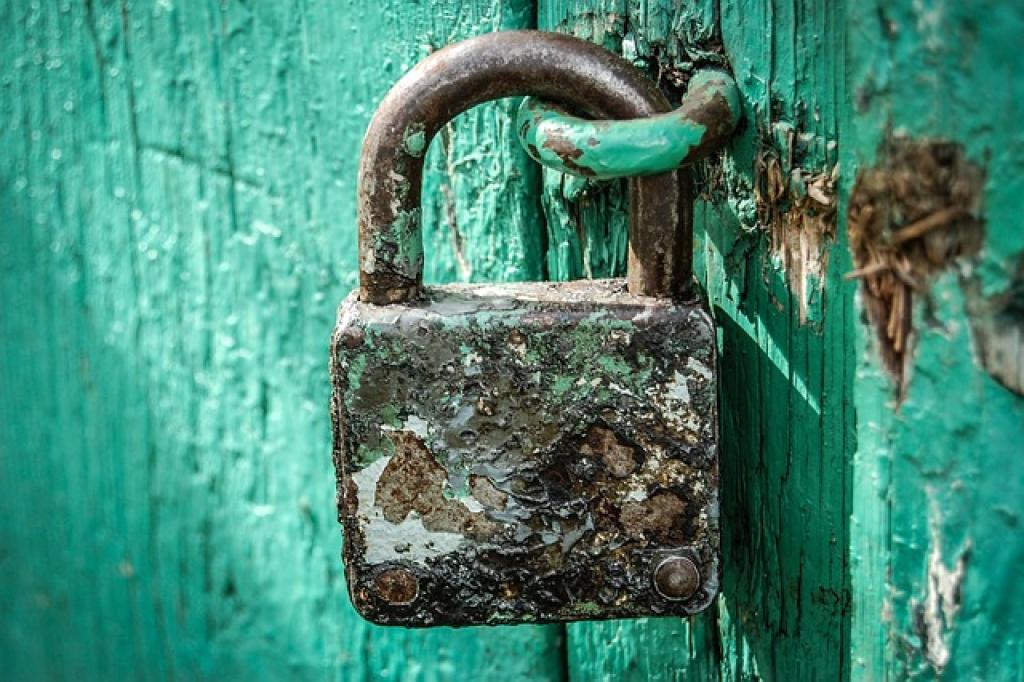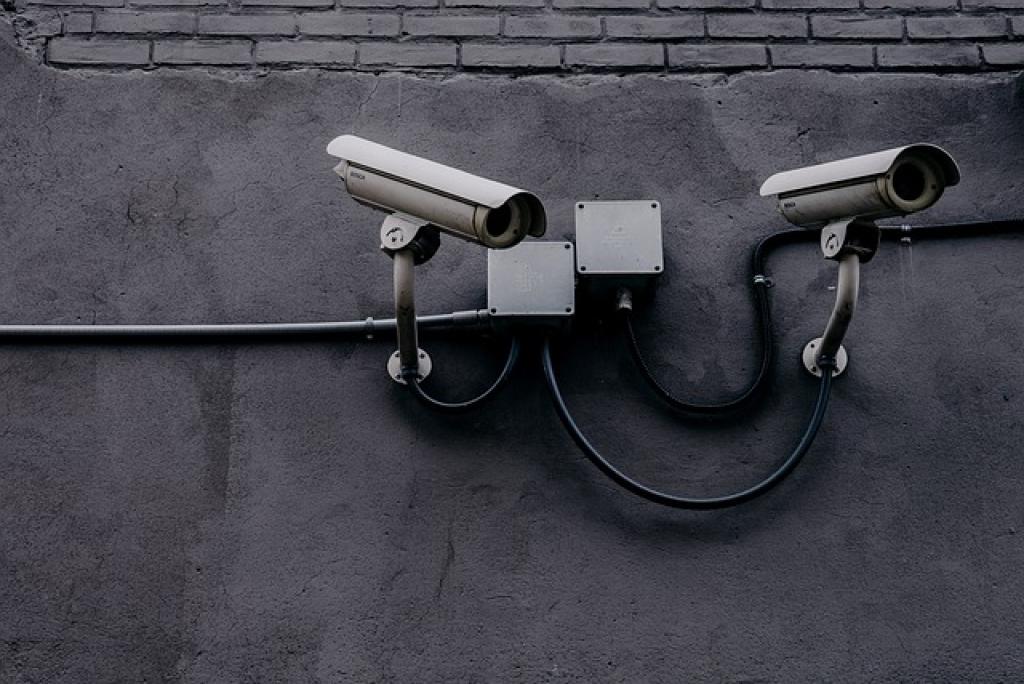
Ensuring Security Support for After-Hours Business Operations
In today’s fast-paced world, business isn’t limited to the typical 9 to 5. With many companies extending their hours to cater to diverse customer needs, after-hours operations are becoming increasingly common. But with extended hours come new challenges—especially when it comes to ensuring the security of your operations and employees during these quieter times.
Imagine a bustling café offering late-night lattes or a retail store catering to evening shoppers. The potential for security risks can multiply, sneaking in along with these additional hours. It’s essential to ask: how do businesses keep these ventures secure when the sun sets and the usual hustle and bustle dies down?
In this post, explore how businesses can optimize their security measures for after-hours operation, ensuring safety remains a top priority. From implementing cutting-edge technology to enhancing human security protocols, discover everything you need to safeguard your business around the clock.
Importance of Security Support During After-Hours
Securing your business during after-hours is not just a precaution; it’s a necessity. When the majority of your team clocks out, vulnerabilities can increase, making your business an attractive target for intruders or other security threats. This time, without the watchful eyes of daytime staff, requires an emphasis on vigilance.
A solid security support system minimizes risks, protecting valuable assets and data. This not only safeguards against loss but also maintains the trust and integrity your customers and employees place in you. Providing a secure environment even when the doors are closed shows a commitment to their safety and comfort.
Moreover, ensuring security after-hours can have operational benefits. It can deter potential threats and allow for a smoother continuation of tasks that span different shifts. The goal is to create an atmosphere where your employees feel safe and empowered to perform effectively at any hour.
It’s about fostering an environment that’s not just reactive to threats, but proactive, giving peace of mind that your business is protected, come night or day.
Risk Assessment for Night-Time Operations
Operating your business after-hours requires a keen understanding of the potential risks involved. Conducting a comprehensive risk assessment is vital, as it allows you to identify and address vulnerabilities that could be exploited during late hours.
Identifying Vulnerabilities
Start by examining your current security measures. Assess factors such as lighting levels, surveillance oversight, and access controls. Are there areas poorly lit or blind spots for cameras? Understanding these vulnerabilities will help you implement targeted improvements.
Consider scenarios where your operations might be particularly exposed, like late-night deliveries or lone workers. By pinpointing specific situations that could pose a threat, you’re better equipped to develop precise security strategies tailored to your nighttime operations.
Evaluating Threats
It’s also important to evaluate potential external threats. Check crime statistics for your area and learn from incidents that have occurred in similar businesses. This insight helps predict what your particular risks might be and prioritize them accordingly.
By committing to thorough assessments, your business can stay one step ahead. Implementing proactive measures based on your findings ensures that operations remain safe and efficient, preserving the wellbeing of both employees and assets in those quiet, after-hours times.
Effective Communication Channels for Emergency Response
A key component of ensuring security during after-hours is having effective communication channels for emergency situations. In critical moments, clear and swift communication can make all the difference, providing guidance and ensuring everyone knows what steps to take.
Establishing Reliable Systems
Start by implementing a reliable notification system that can alert staff instantly. Solutions like text alerts, email notifications, or dedicated apps ensure everyone receives important updates without delay. They can also confirm receipt, so you know your message has reached its intended audience.
It’s also beneficial to have a central communication hub, such as a dedicated line or platform, that employees know to use in emergencies. This provides a streamlined process for reporting incidents, quickly activating predetermined response plans.
Training for Preparedness
Regularly training employees on how to use these communication systems reinforces their effectiveness. Simulated drills can help staff become familiar with protocols, ensuring they’re prepared to act swiftly and calmly in actual emergencies.
Maintaining open lines of communication with local emergency services can also enhance your readiness. This connection facilitates faster response times and aids in mitigating potential situations before they escalate.
By prioritizing effective communication channels, you enhance your business’s ability to handle emergencies responsibly and efficiently, keeping everyone informed and safe during those crucial after-hours.
Remote Monitoring and Surveillance Systems
Incorporating remote monitoring and surveillance systems into your security strategy is essential for after-hours business operations. These technologies provide an extra set of eyes and ears, allowing you to monitor your premises in real-time, no matter where you are.
Leveraging Advanced Technologies
Modern surveillance systems come equipped with advanced features like high-definition video, motion detection, and night vision. These capabilities ensure that you maintain a clear view of your property even in low-light conditions. By investing in these technologies, you enhance your ability to identify and respond to potential threats swiftly and effectively.
Remote monitoring services can also offer 24/7 oversight. By connecting to a professional monitoring service, alerts can be instantly assessed and addressed, minimizing risks and potentially deterring criminal activity before it occurs.
Ensuring Accessibility
Make sure your surveillance systems are easily accessible through secure apps or online platforms. This level of accessibility enables real-time monitoring and management, whether through a smartphone, tablet, or computer. Instant notifications regarding suspicious activities can help you take immediate action, adding another layer of security to your business operations.
By integrating reliable remote monitoring and surveillance solutions, you safeguard your business and gain peace of mind, knowing your operations are under watchful protection, even when the office is unattended.
Training Staff for Security Protocols Outside Regular Hours
Preparing your staff for security challenges outside regular business hours is crucial. Adequate training ensures that employees are confident and capable of handling situations that may arise during their shifts.
Begin with comprehensive training sessions that familiarize staff with your security protocols. This includes understanding how to operate surveillance equipment, responding correctly to alarms, and knowing emergency evacuation procedures. Emphasize the importance of vigilance and quick decision-making during these quieter hours.
Role-playing different scenarios, such as responding to unauthorized access attempts or identifying suspicious behavior, can be particularly beneficial. These simulations provide practical experience and prepare staff to respond swiftly and effectively in real situations.
Regularly update and reinforce these training sessions to adapt to new threats or changes in protocol. Keep communication lines open, encouraging employees to report security concerns or suggest improvements.
By equipping your team with the tools and knowledge they need, you not only enhance their personal safety but also fortify the security posture of your business during after-hours operations. Their readiness becomes your first line of defense, ensuring a safer environment for everyone involved.
Implementing Secure Access Control Measures
A robust access control system is a critical element in safeguarding your business during after-hours operations. Implementing these measures ensures that only authorized individuals gain entry, reducing the risk of unauthorized access and potential security breaches.
Choosing the Right System
Start by evaluating different access control options suitable for your business environment. Key card systems, biometric scanners, and PIN codes are popular choices that provide both security and convenience. Whichever system you choose, ensure it’s scalable and can be updated as your security needs evolve.
Utilizing a layered access approach can further enhance security. Restrict certain areas to only key personnel, providing an extra level of protection for sensitive information or valuable equipment. This method ensures that employees have access only to what is necessary for their roles.
Regular Audits and Maintenance
Regular audits of your access control system help maintain security effectiveness. Perform routine checks to ensure that all equipment is functioning correctly and update access permissions as staff roles change. Immediate revocation of access for departing employees or lost credentials is essential to prevent potential breaches.
By investing in secure access control measures, you not only protect physical assets but also create a secure working environment that instills confidence in both your employees and customers. This proactive step is integral to an enduring security strategy.
Conclusion: Continuous Security Vigilance for 24/7 Business Operations
In wrapping up, it’s clear that ensuring security for businesses operating after-hours requires more than just locking the doors at the end of the day. It involves a dynamic and ongoing commitment to safeguarding employees, assets, and information through various security strategies.
By conducting thorough risk assessments, businesses can anticipate and mitigate potential security threats. Effective communication remains a cornerstone, enabling rapid responses when emergencies arise. With remote monitoring, companies can maintain a watchful eye on their premises, even from afar, adding an invaluable layer of protection.
Importantly, empowering your workforce through comprehensive training ensures that staff are well-prepared to handle unexpected situations confidently. When employees understand their roles in maintaining security, they become proactive participants in the overall safety strategy.
Access control measures further enhance security by tightly regulating who can enter your premises. This prevents unauthorized access and keeps your business environment secure, instilling trust among employees and clients alike.
These interconnected strategies highlight the importance of continuous vigilance and adaptability. As threats evolve, so must our approaches to combating them. Whether your operations run 24/7 or cover extended hours, a proactive and comprehensive security approach is essential.
Ultimately, safeguarding your business isn’t just about protecting property; it’s about fostering a secure, reassuring environment where people can work and engage with confidence, no matter the time of day. In doing so, businesses can thrive, knowing they are prepared for whatever challenges come their way.


